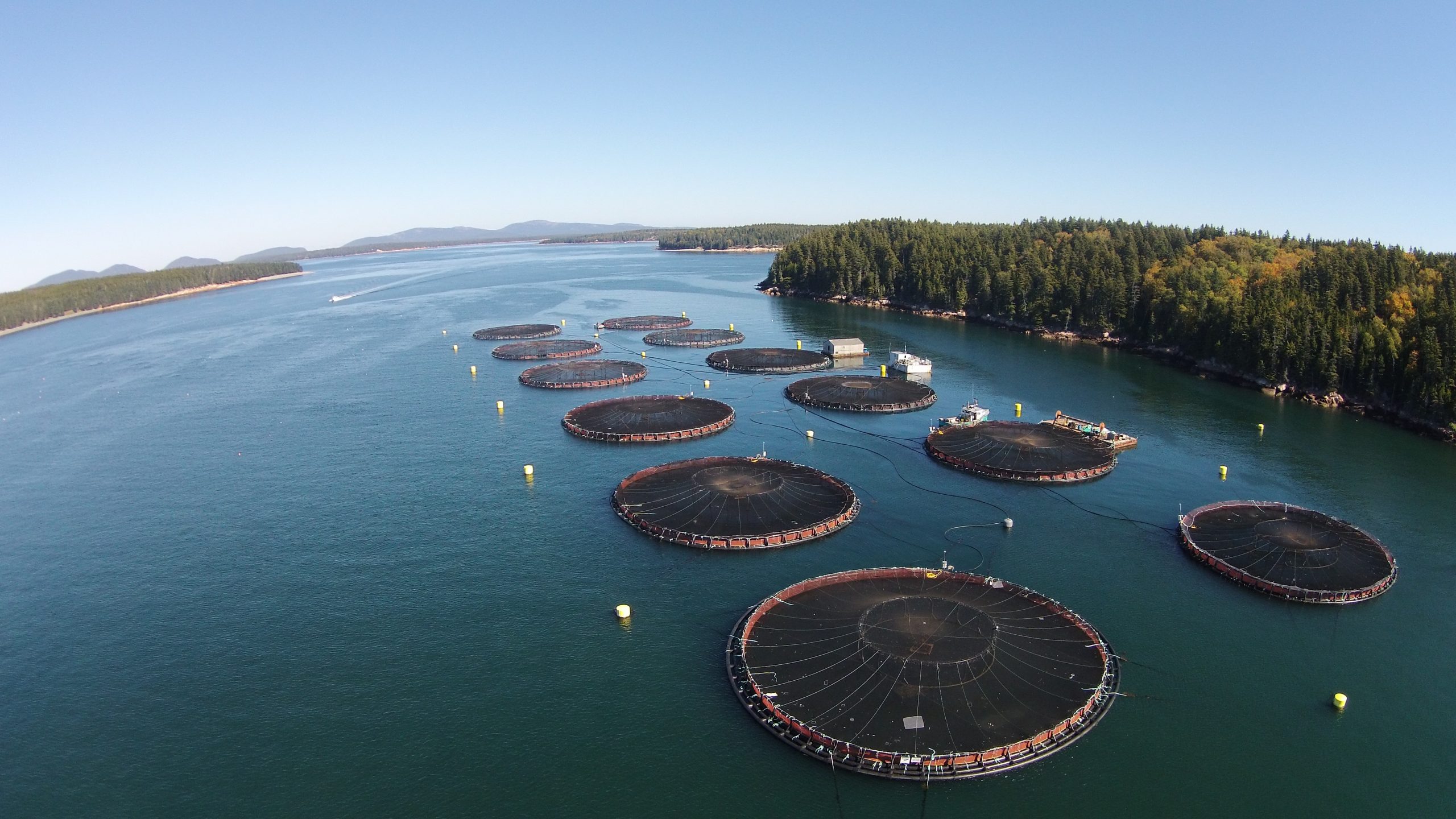November 15, 2022 — Launched in 2019, the Salmon for Maine’s Rivers Program reaches a milestone in the three-year project designed to increase the number of Atlantic salmon that spawn in the favorable habitat of the East Branch of the Penobscot.
With the recent release of three hundred mature Atlantic salmon into the upper reaches of the East Branch of the Penobscot River, the state of Maine has taken another step forward in its effort to restore the critically endangered species. The release represents a milestone in a three-year project designed to increase the number of Atlantic salmon that spawn in the favorable habitat of the East Branch.
The endangered Gulf of Maine DPS (Distinct Population Segment) of Atlantic salmon has declined significantly since the late 19th century. Historically, dams, overfishing, and pollution led to large declines in salmon abundance. Because of this, the commercial Atlantic salmon fishery closed in 1948.
Improvements in water quality and stocking from hatcheries helped rebuild populations to nearly 5,000 adults by 1985. But dams continued to block access to habitats and marine survival has decreased significantly since the late 1980s, resulting in annual returns to the United States of generally less than 1,000 adults. The rapid decline and dire status of the ESA-listed Gulf of Maine DPS makes it a priority for NOAA Fisheries and partners to prevent its extinction and promote its recovery.

